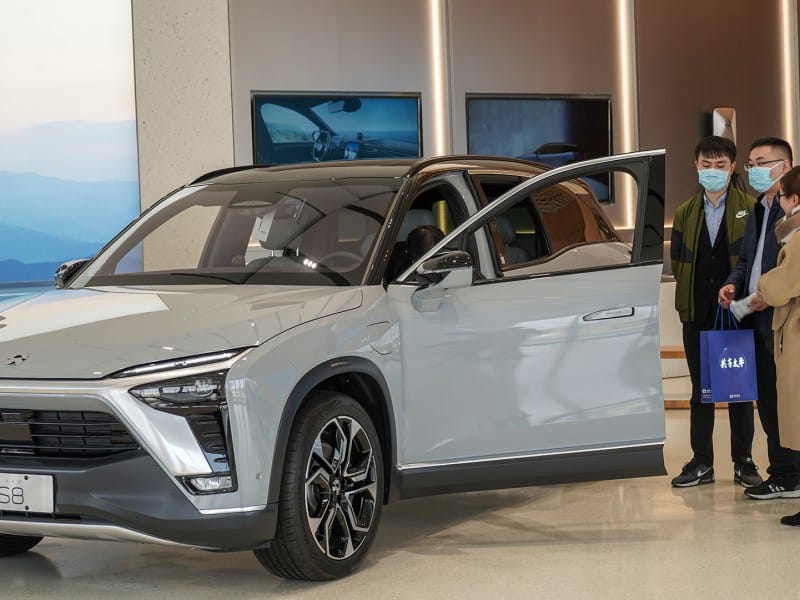In this year’s annual government work report which was presented on Friday, China’s ambition to become a world leader in electric vehicles was barely mentioned. Experts say that it’s a sign indicating that the market is maturing.
Policies and Market
Secretary-general of the China Passenger Car Association, Cui Dongshu, wrote in a post that after strong policy support over the past several years, the market is now evolving into a demand-driven model amid waning government stimulus. “We expect auto consumption to grow robustly beginning this year,” Cui added.
The growing trend of new energy vehicles (NEVs), has been the main agenda item for the country’s annual parliament meetings since 2015. The government set a sales target of 5 million NEVs in its 13th Five-Year Plan (FYP) which ended in 2020, propelled China to the top spot as the world’s biggest EV market by sales volume in 2015.
Beijing’s next goal aims for NEV sales to account for 20% of overall new car sales in China by 2025, according to a policy paper released in November as part of the 14th FYP ending in 2025.
Here are the key points from a report delivered by Chinese Premier Li Keqiang on Friday.
Investment
During the annual meetings of the National People’s Congress (NPC) on Friday, Li said that Beijing will create a comprehensive regulatory structure for market access of industrial products such as automobiles, including enhanced after-deal scrutiny and cross-functional supervision. This regulation is the path to reduce red-tape and would benefit market competition.
Fu Bingfeng, executive vice-chairman of the China Association of Automobile Manufacturers (CAAM) told the Chinese media on Saturday that the main purpose of such regulation is to cool investment in the EV sector and prevent the current supply glut from worsening. After the pandemic happened in 2020, China lowered the barrier for entry into the EV market in April. They removed requirements like design and development capabilities for new entrants.
EV infrastructure
According to Li, China plans to help boost consumption via stimulus measures. This means, including growing the number of public charging piles and swapping stations. It was the first mention of EV battery swapping facilities in the annual government work report.
Fu expects this will spur demand by providing charging facilities for those who do not have private parking spaces with home chargers, a major pain point that has deterred EV adoption. Prior to that, the central government had announced a $1.5 billion investment to expand the country’s charging network by 50% to more than 1.8 million public and private charging piles by 2020.
EV battery recycling
EV battery’s second-life usage was also a key topic during this year’s meeting. Li noted that China will accelerate plans for a comprehensive recycling and reuse policy for electric vehicle batteries. Policymakers in the 14th five-year-plan pledged to “promote the use of second-life energy resources in less-demanding applications”.
China’s NEV initiatives began in 2009 and most EV batteries are designed to have around 10 years of use during the first life phase. Officials from the Ministry of Ecology and Environment had estimated in September that more than 200,000 tons of EV batteries would reach the end of the first life phase by 2020 and that number will more than triple in 2025, according to a Caixin report (in Chinese).
